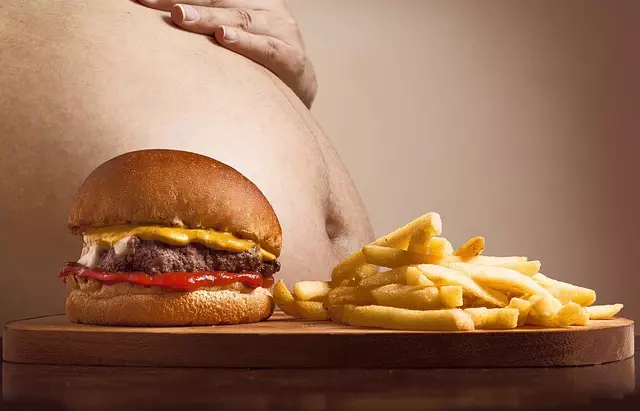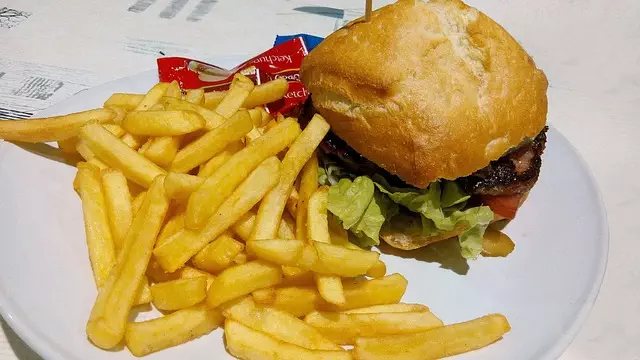Freeze fat cells (cryolipolysis) is a non-surgical procedure using cooling technology to target and eliminate stubborn fat cells. This method is precise, minimally invasive, and avoids skin disruption compared to liposuction. Modern systems offer controlled cooling to -13°F (-25°C), causing targeted fat cells to crystallize and die. Results are gradual, lasting as the body processes destroyed cells over weeks. Common treatment areas include abdomen, flanks, thighs, and buttocks, but professional guidance is crucial for optimal outcomes. Post-treatment care involves managing temporary side effects like redness and swelling. Long-term studies show promising results, though rare complications may occur; open communication with a healthcare provider is essential before treatment.
“Discover the revolutionary power of Safe and Non-Invasive Fat Freezing—a non-surgical body contouring treatment that’s transforming the way we tackle excess fat. This comprehensive guide delves into the science behind freezing fat cells, exploring its benefits, suitable body areas, safety measures, and step-by-step procedures. From understanding the process to post-treatment care and long-term results, this article provides essential insights for anyone considering this game-changing approach to reducing stubborn fat.”
Understanding Fat Freezing: A Non-Surgical Approach

Fat freezing, or cryolipolysis, is a non-surgical procedure that has gained popularity as an effective way to reduce stubborn fat. This innovative treatment offers a safe alternative for those seeking to sculpt their bodies without incisions or lengthy recovery periods. The process involves cooling targeted fat cells to extremely low temperatures, causing them to crystallize and subsequently die. As the body’s natural processes take over, these dead fat cells are then broken down and eliminated through the lymphatic system.
Unlike traditional liposuction, freeze fat cells methods do not involve any disruption of the skin or underlying tissues. This non-invasive approach makes it an attractive option for individuals who want to achieve a slimmer silhouette without surgery. With advancements in technology, modern fat freezing systems can precisely target and treat specific areas, allowing for more uniform results and minimal downtime.
How Does Fat Freezing Work? The Science Behind It

Fat freezing, or cryolipolysis, is a non-invasive procedure that targets and freezes fat cells beneath the skin. This innovative technique harnesses the power of cold to break down adipose tissue, leading to its elimination by the body’s natural metabolic processes. The process involves applying targeted cooling to specific areas where fat accumulation is concentrated, typically the abdomen, flanks, thighs, or buttocks.
During the procedure, a device delivers controlled amounts of cold air to the targeted fat cells, causing them to crystallize and eventually die. Unlike traditional liposis methods, fat freezing doesn’t require incisions or invasive techniques. Once the frozen fat cells are destroyed, they’re naturally processed and eliminated by the body’s lymphatic system over several weeks, resulting in a reduced appearance of fatty areas.
Benefits of Non-Invasive Fat Reduction Techniques

Non-invasive fat reduction techniques, such as cryolipolysis or Fat Freezing, offer a multitude of benefits over more traditional methods. One of the most significant advantages is their safety profile—these procedures involve no incisions, needles, or anesthesia, significantly reducing the risk of infection, scarring, and downtime associated with surgical interventions. This makes them an attractive option for individuals seeking body contouring without the invasiveness.
Additionally, non-invasive fat freezing is highly effective in targeting and eliminating specific areas of stubborn fat. By chilling fat cells to temperatures below -13°F (-25°C), these treatments cause them to crystallize and subsequently die, leading to a gradual reduction in their number over several weeks. This process not only improves body aesthetics but also provides patients with lasting results, as the body naturally processes and eliminates the destroyed fat cells.
Targeting Problem Areas: Body Parts Suitable for Freezing

When it comes to targeting problem areas through safe and non-invasive fat freezing techniques, understanding which body parts are suitable for treatment is key. Freeze fat cells procedures work by cooling targeted fat cells until they die, allowing the body to naturally eliminate them. Commonly treated areas include the abdomen, love handles, thighs, arms, back, and even double chins. The suitability of these areas depends on factors like skin thickness, fat distribution, and overall health.
Each body part presents unique challenges. Thicker skin and deeper fat layers require specialized techniques to ensure effective cooling without damaging surrounding tissues. Professional guidance is essential to determine the best approach for each individual, ensuring optimal results and minimizing risks associated with freeze fat cells treatments.
Safety Measures and Considerations Before the Procedure

Before undergoing fat freezing procedures, it’s essential to be aware of safety measures and consider several factors. This non-invasive procedure aims to freeze and destroy fat cells, but as with any treatment, there are potential risks and side effects. One key consideration is consulting a qualified medical professional who can assess your overall health, discuss your expectations, and provide guidance tailored to your needs.
Additionally, understanding the technology used in fat freezing treatments is vital. Modern devices employ cooling technologies to target and freeze fat cells, minimizing damage to surrounding areas. However, not all procedures are created equal, so ensuring your chosen clinic uses state-of-the-art equipment and adheres to safety protocols is essential for a successful and safe outcome.
The Freezing Process: What to Expect Step by Step

The freezing process, a non-invasive procedure, targets and freezes fat cells, leading to their eventual elimination from the body. It begins with a consultation where your healthcare provider assesses your areas of concern and determines eligibility. Following this, you’ll be prepared for the treatment through topical numbing agents or, in some cases, local anaesthesia. The actual freezing process involves advanced technology delivering cold air or liquid nitrogen to targeted fat cells. This causes them to shrink and eventually die. During the procedure, you may experience a sensation of coldness or discomfort, but modern techniques aim to minimise any significant pain. After freezing, your body naturally processes and removes the damaged fat cells over several weeks.
Post-Treatment Care and Recovery Time Line

After a fat freezing procedure, proper post-treatment care is essential for optimal results and minimal discomfort. Patients can expect some temporary redness, swelling, and numbness in the treated areas, which typically subside within a few days. It’s crucial to keep the treated regions elevated and apply ice packs as recommended by your healthcare provider to reduce inflammation. Avoid strenuous activities or exercises for the initial 24-48 hours to prevent potential bleeding and bruising.
The recovery timeline varies depending on individual factors, but generally, most people can resume their normal daily activities within a few days to a week. Discomfort may persist for a couple of weeks, but over-the-counter pain relievers can provide sufficient relief. It’s important to attend any scheduled follow-up appointments to ensure proper healing and assess the effectiveness of the procedure in freezing fat cells.
Exploring Long-Term Results and Potential Side Effects

Exploring Long-Term Results and Potential Side Effects
Safe fat freezing, or cryolipolysis, has shown promising results in non-invasively reducing fat cells over the short term. However, understanding the long-term effects is crucial for patients considering this procedure. Studies have indicated that the results can be sustained for many years, with some patients reporting significant and lasting reductions in fat accumulation at treated areas. This makes fat freezing a viable option for those seeking lasting solutions to unwanted fat bulges.
While generally considered safe, freeze fat cells procedures may still carry potential side effects. Common temporary reactions include redness, swelling, bruising, and numbness at the treatment site. Less frequent but more serious complications can include tissue damage, infection, or an adverse reaction to the anesthesia used during the procedure. As with any medical treatment, it’s essential to discuss these possibilities openly with a qualified healthcare provider before undergoing fat freezing treatments.



